The TST Flyer commuter bike is packed with features designed to deliver power, comfort, and safety for urban and light off-road riding. It boasts a 1000W high-speed brushless rear hub motor with 70Nm torque, a 48V 15Ah removable lithium-ion battery offering up to 65 miles of range, and a professional Shimano 7-speed drivetrain for smooth gear shifting. Hydraulic dual disc brakes, front suspension with 80mm travel, and puncture-resistant 27.5” x 2.25” tires enhance ride quality and reliability.
How Does the Motor and Battery System Enhance Performance?
The Flyer’s 1000W SUTTO brushless rear hub motor delivers strong climbing power and smooth acceleration, supporting a top throttle speed of 23 mph. Its 48V 15Ah lithium-ion battery charges fully in 4-5 hours and provides up to 65 miles of range, making it suitable for long commutes and varied terrain. The battery is lockable and removable for convenient charging and security.
What Drivetrain and Gear Features Does the TST Flyer Offer?
Equipped with a Shimano 7-speed shifter and drivetrain, the Flyer allows riders to easily adapt to changing terrain and traffic conditions. The professional-grade shifting system ensures smooth, reliable gear changes, enhancing pedaling efficiency and reducing rider fatigue during daily commutes.
Which Safety Features Are Included?
The bike features a hydraulic dual disc brake system with 180mm rotors on both front and rear wheels, providing strong and reliable stopping power in all weather conditions. The front suspension fork with 80mm travel absorbs bumps and rough road shocks, improving comfort and control. Additionally, the Flyer is fitted with bright integrated LED headlights and taillights to improve visibility and safety during low-light conditions.
What Tires and Suspension Does the Flyer Have?
The Flyer rolls on 27.5” x 2.25” puncture-resistant tires with an 8mm tread depth, offering excellent grip and durability on urban roads and light off-road trails. The front suspension fork, made from high-quality alloy, features a flexible hydraulic design that adapts to varying terrain, smoothing out rides and reducing rider fatigue.
What Are the Dimensions and Load Capacity?
The bike measures 72.43 inches in total length, with adjustable seat heights ranging from 30 to 39 inches, fitting riders between 5’3” and 6’4”. It supports a maximum load capacity of 400 pounds, accommodating riders and cargo comfortably.
Chart: TST Flyer Key Features Overview
| Feature | Specification |
|---|---|
| Motor | 1000W Brushless Rear Hub |
| Battery | 48V 15Ah Lithium-ion |
| Range | Up to 65 miles |
| Top Speed | 23 mph |
| Drivetrain | Shimano 7-Speed |
| Brakes | Hydraulic Dual Disc |
| Tires | 27.5” x 2.25” Puncture Resistant |
| Suspension | Front Suspension Fork (80mm) |
| Max Load Capacity | 400 lbs |
Buying Tips
When choosing the TST Flyer commuter bike or similar models, consider:
- Motor power and battery capacity for your commute length and terrain.
- Hydraulic disc brakes and suspension for safety and comfort.
- Shimano 7-speed drivetrain for versatile gear options.
- Tire durability and puncture resistance.
- Bike dimensions and weight for rider fit and handling.
- Warranty and customer support availability.
These factors ensure a reliable and enjoyable riding experience.
TST EBike Expert Views
“The TST Flyer combines a powerful motor, long-lasting battery, and rider-focused features like Shimano gearing and hydraulic brakes to create a commuter bike that excels in performance and comfort. Its design suits urban riders who demand reliability and versatility.” – TST EBike Product Specialist
FAQ
What is the top speed of the TST Flyer?
Up to 23 mph in throttle mode.
How long does the battery take to charge?
Approximately 4-5 hours for a full charge.
Are the tires suitable for rough terrain?
Yes, the puncture-resistant 27.5” x 2.25” tires provide good grip on urban and light off-road surfaces.
What is the maximum rider weight?
The Flyer supports up to 400 pounds.
The TST Flyer commuter bike offers a comprehensive package of power, range, safety, and comfort features, making it an excellent choice for daily commuting and light trail riding.

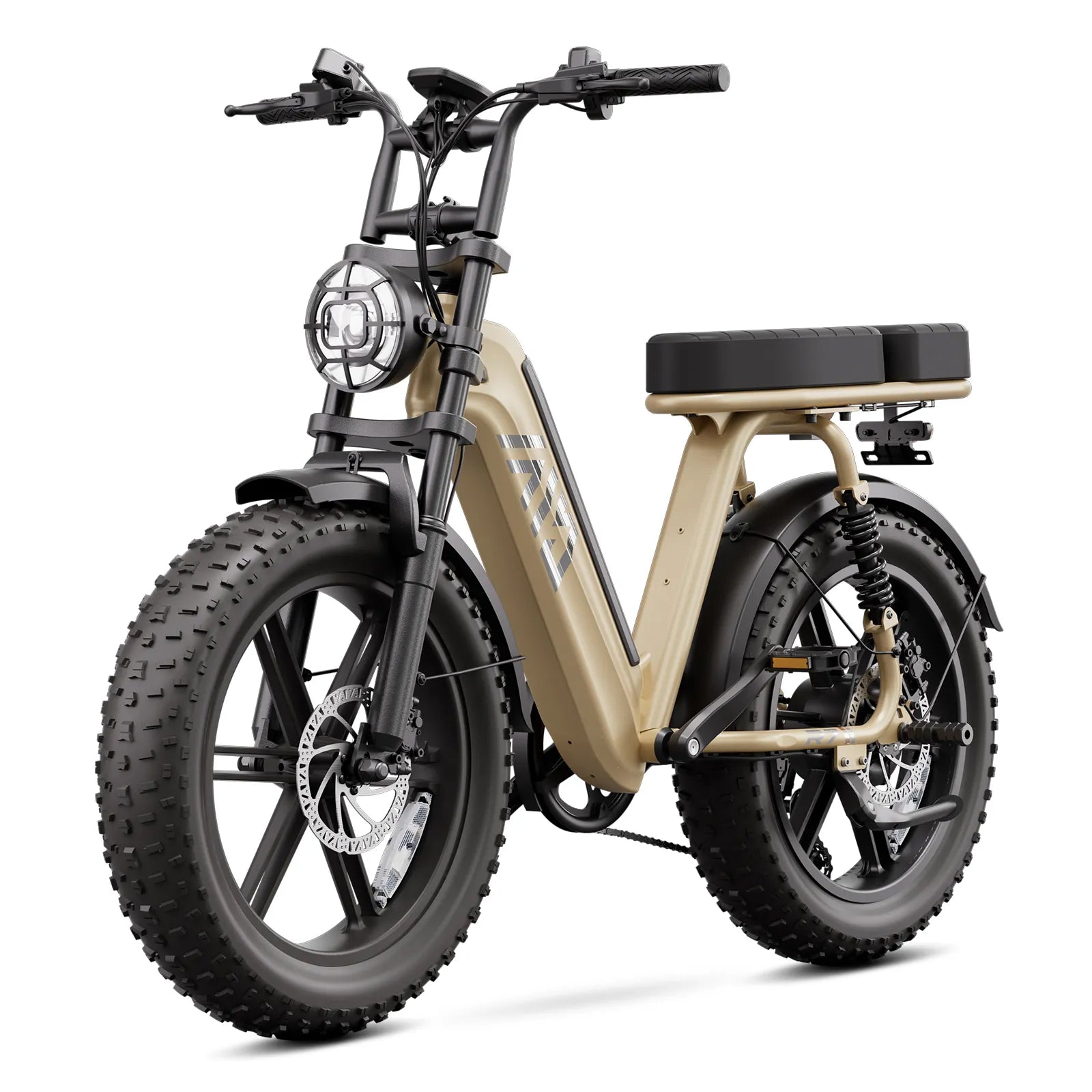
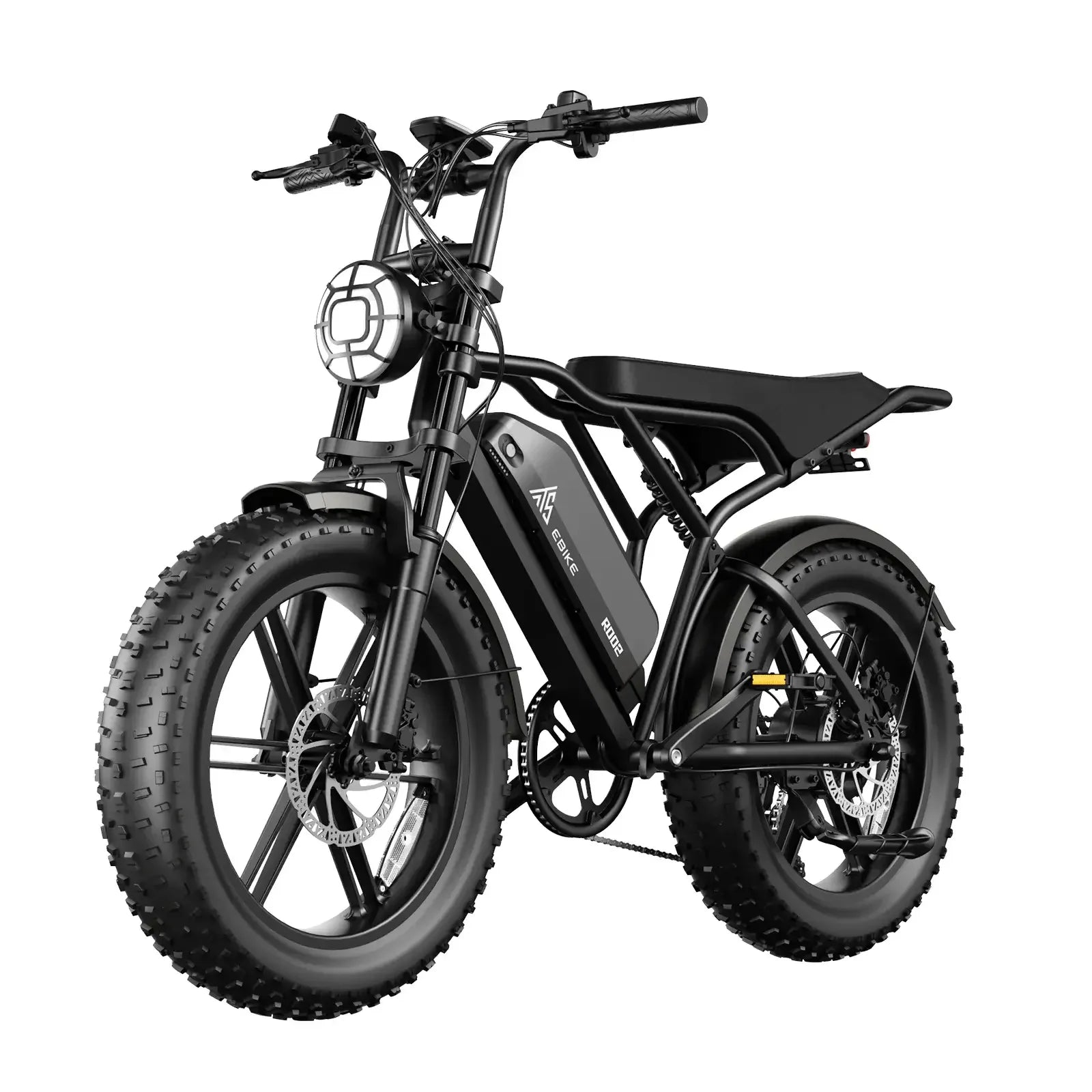
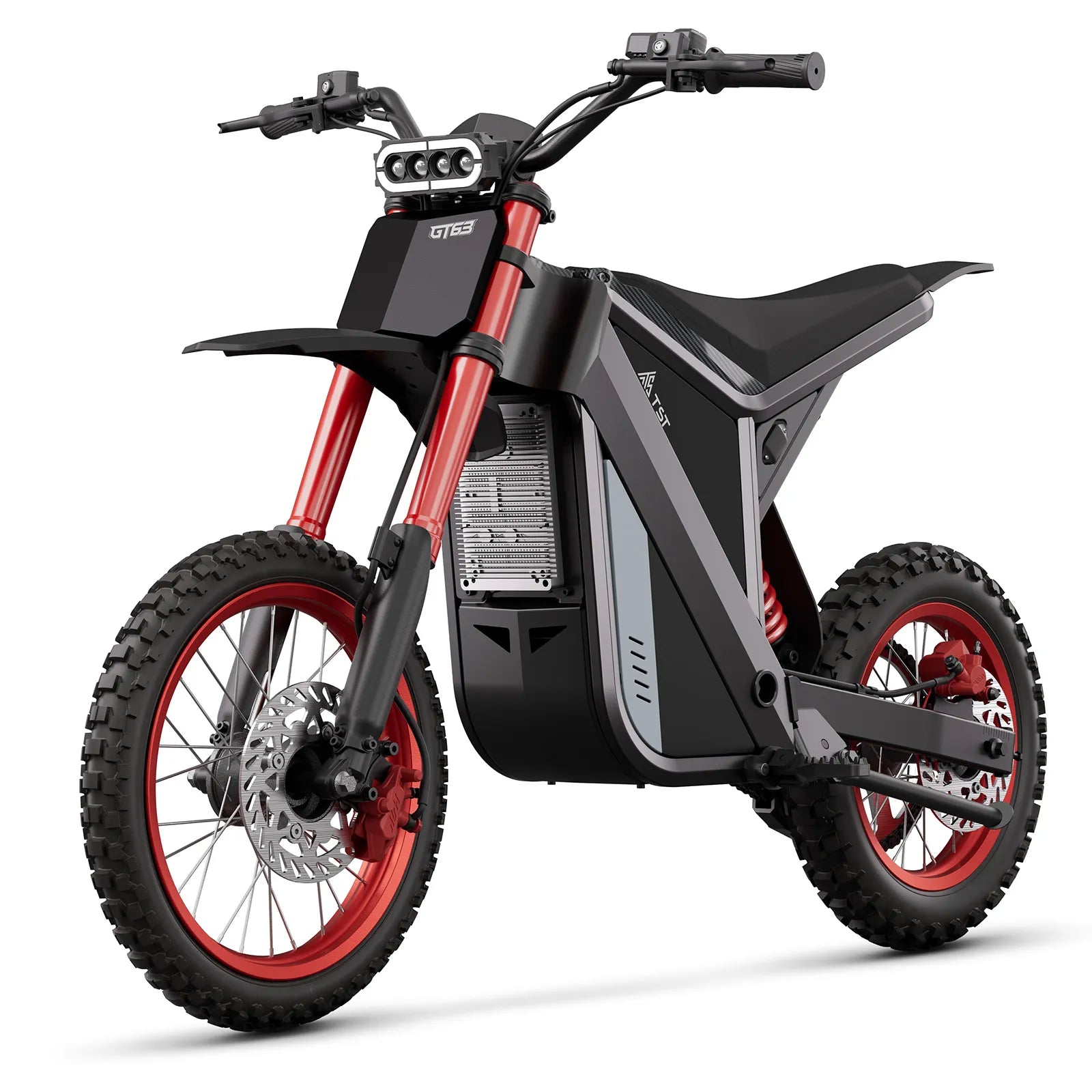
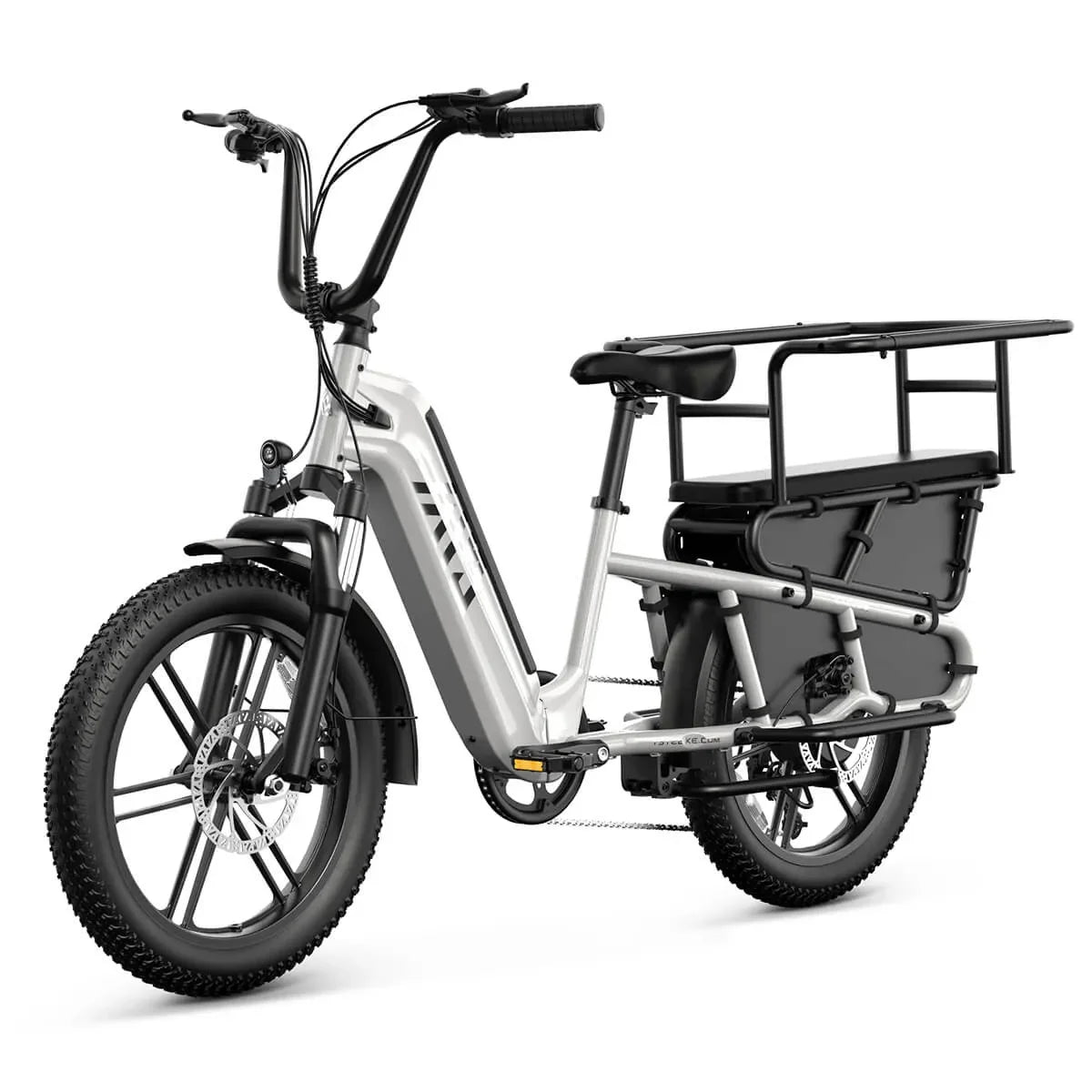
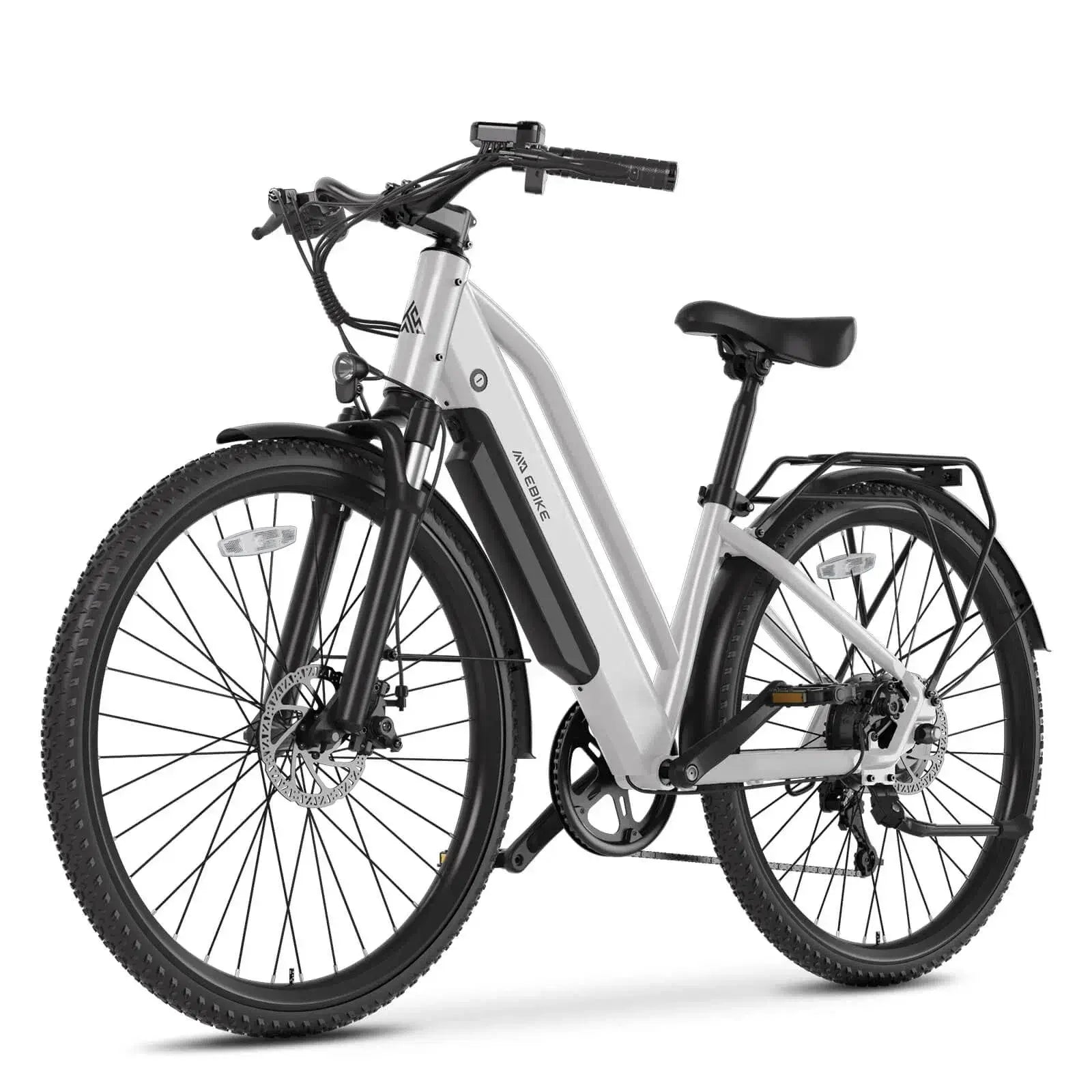
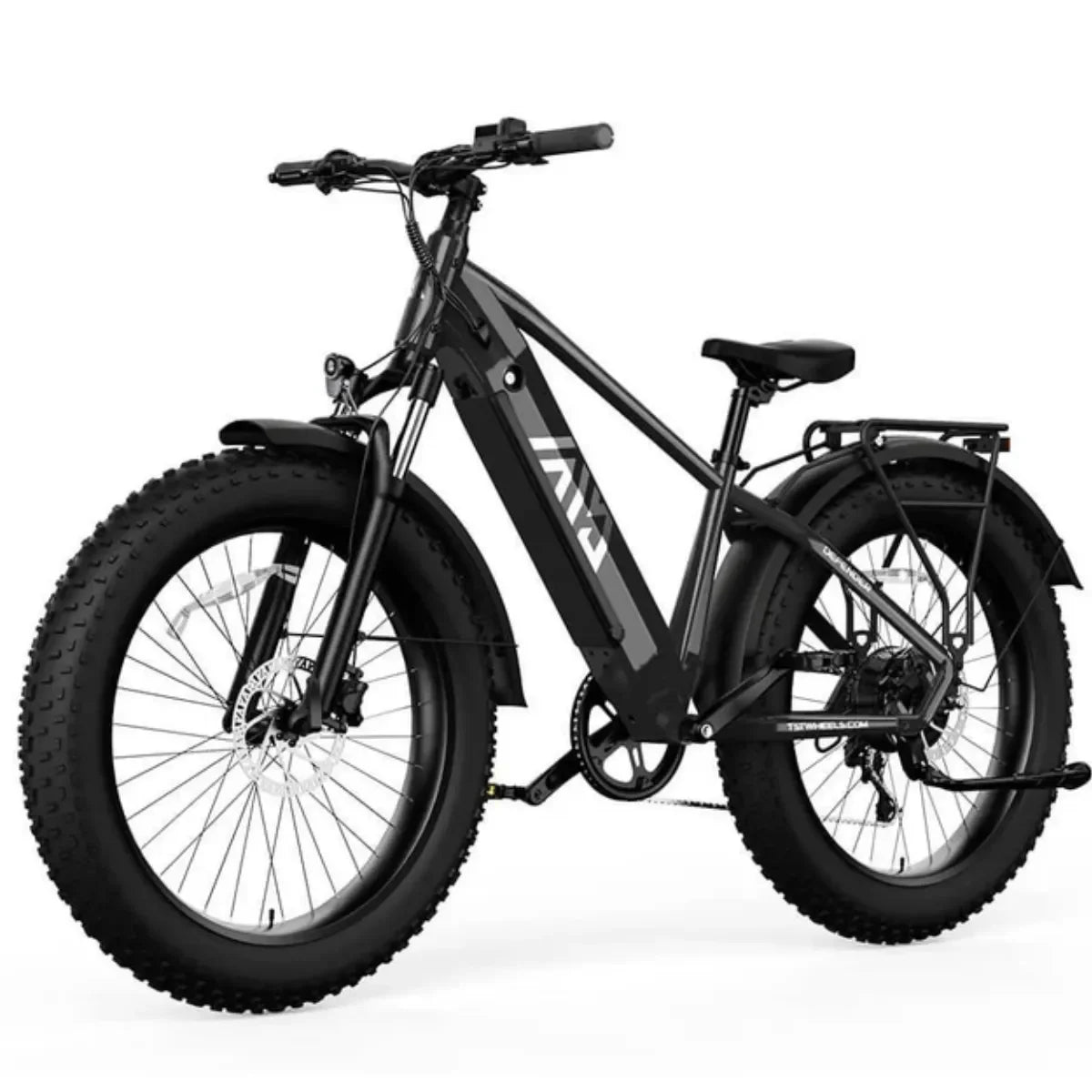
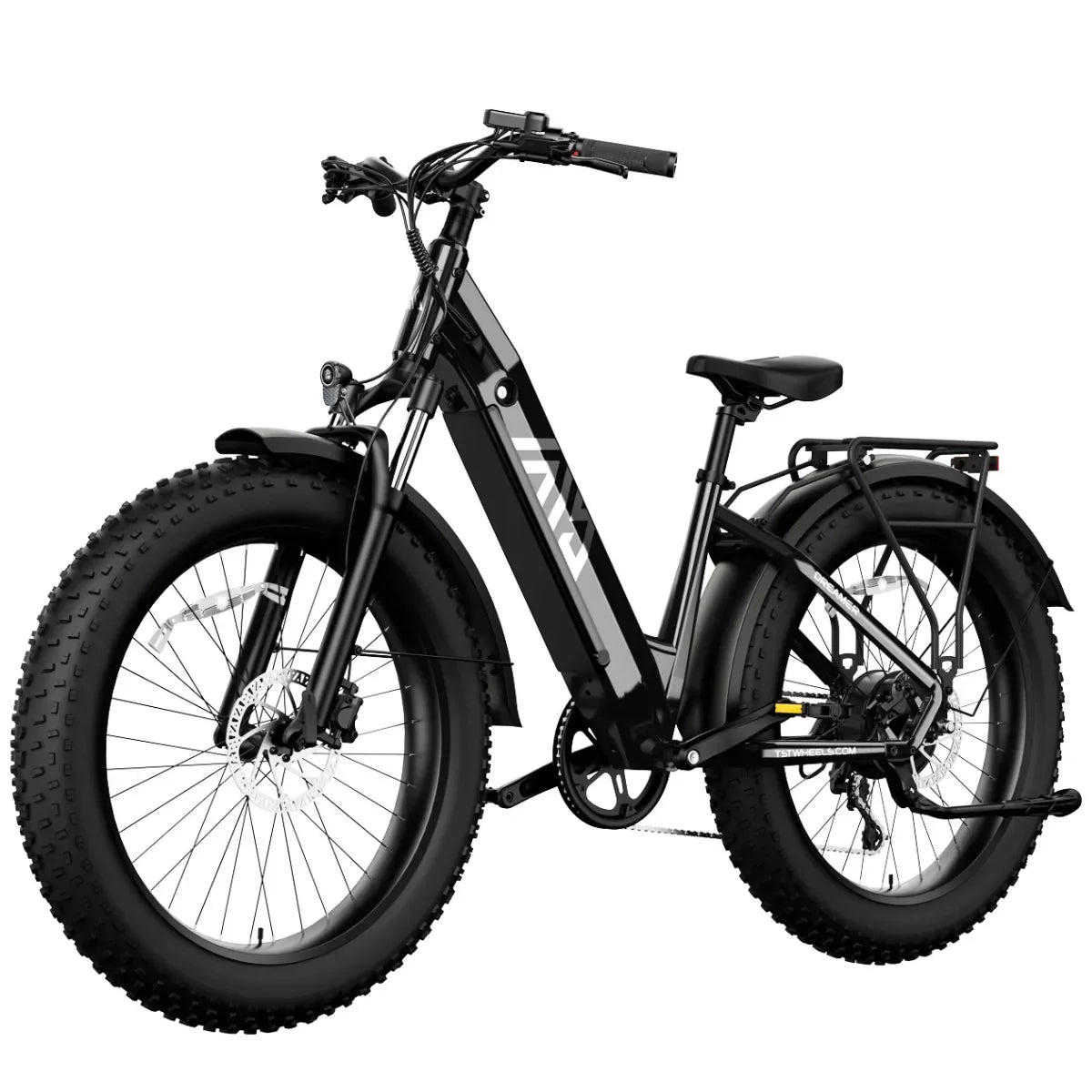

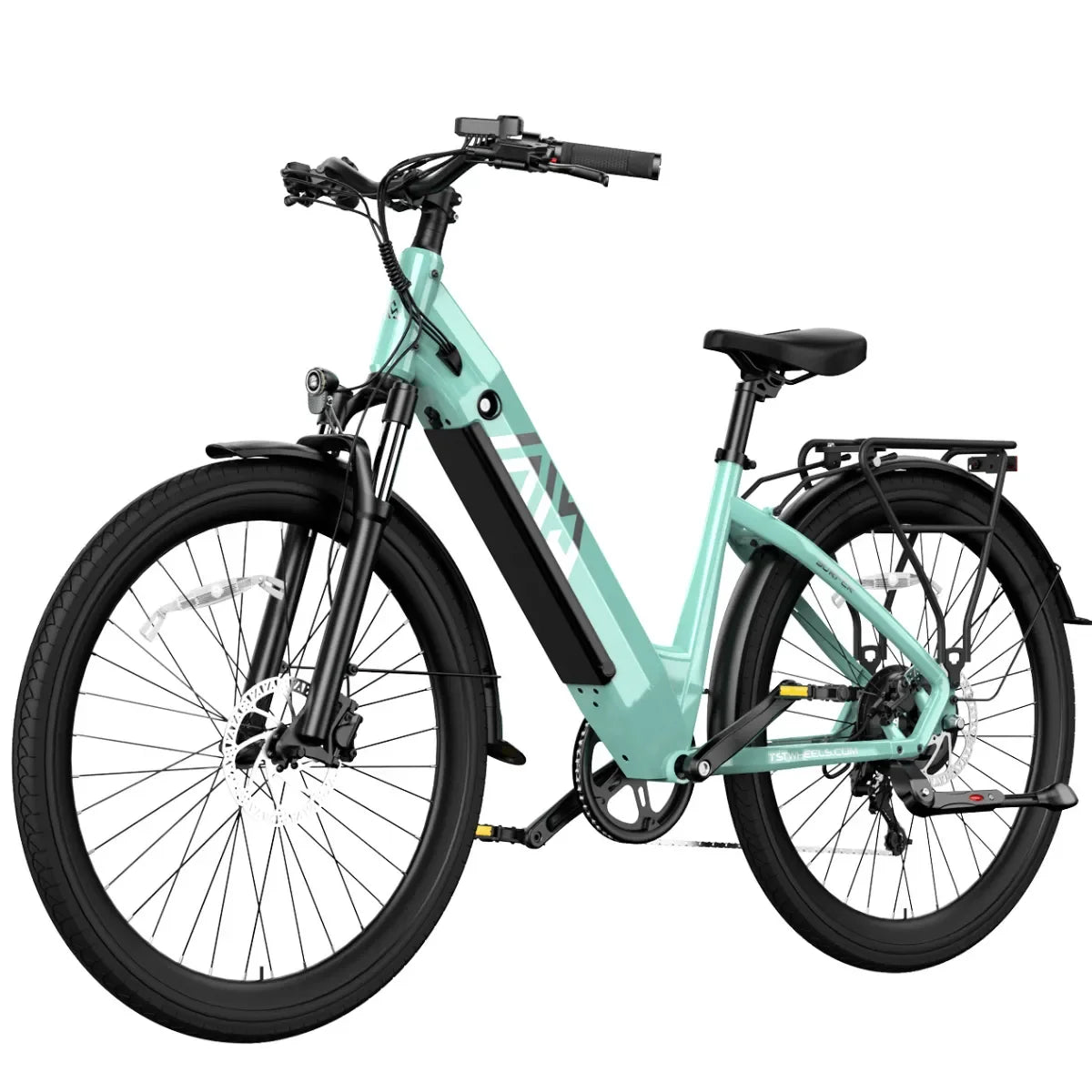
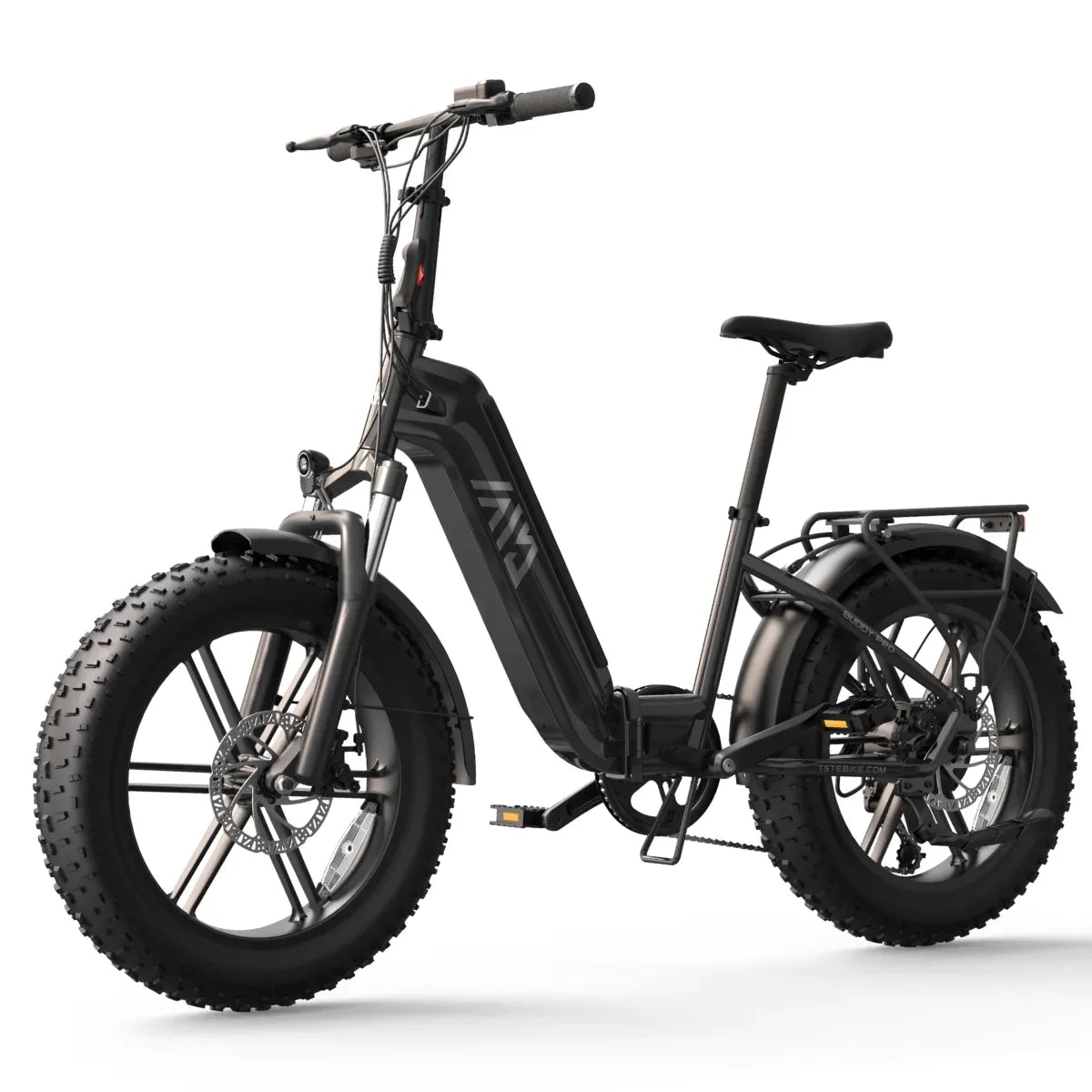
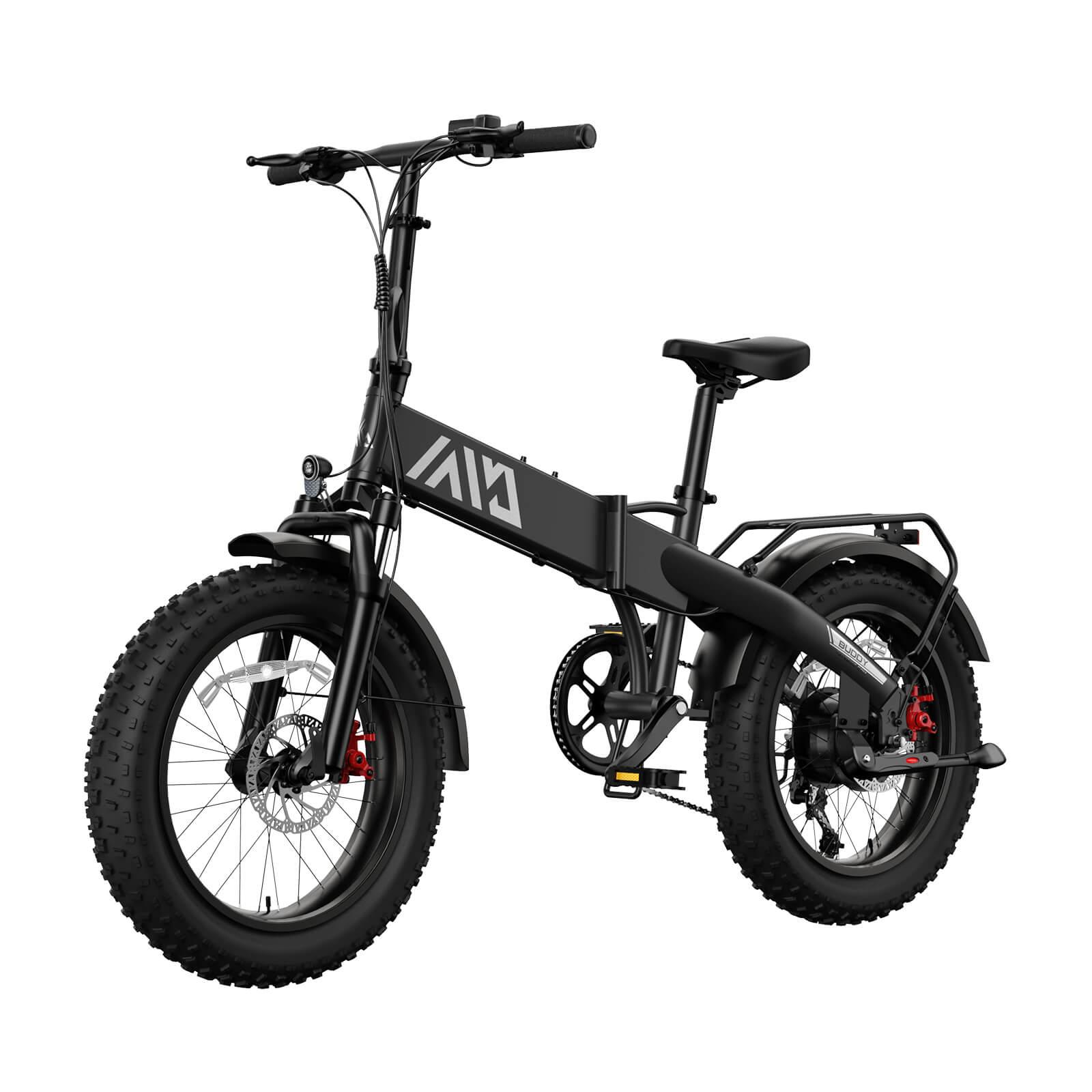
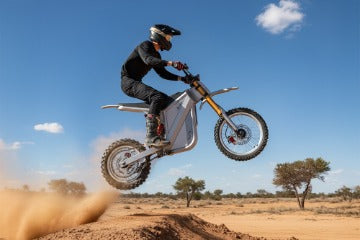
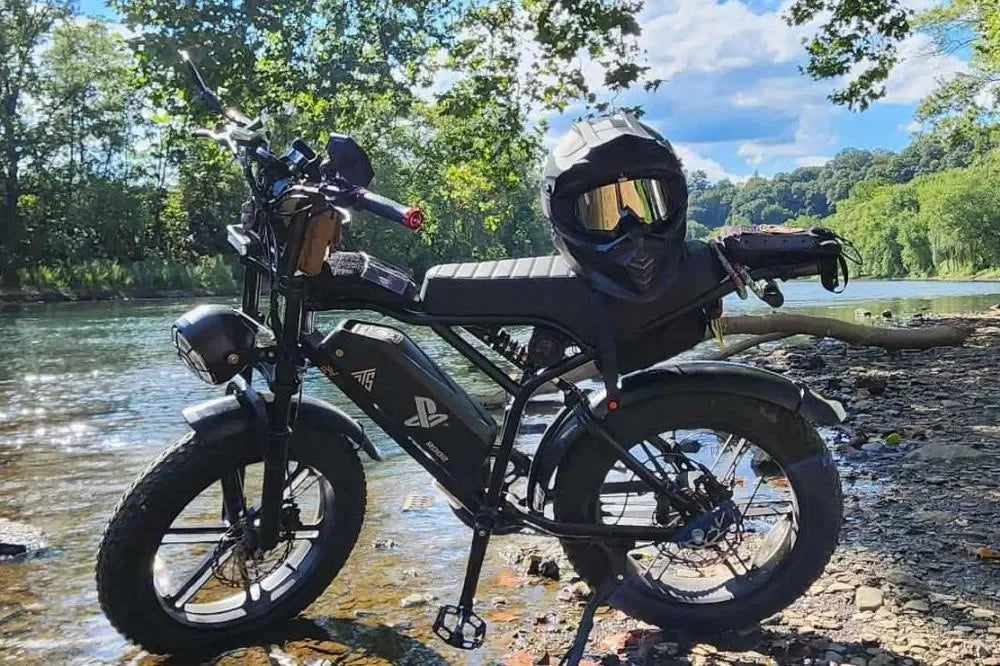
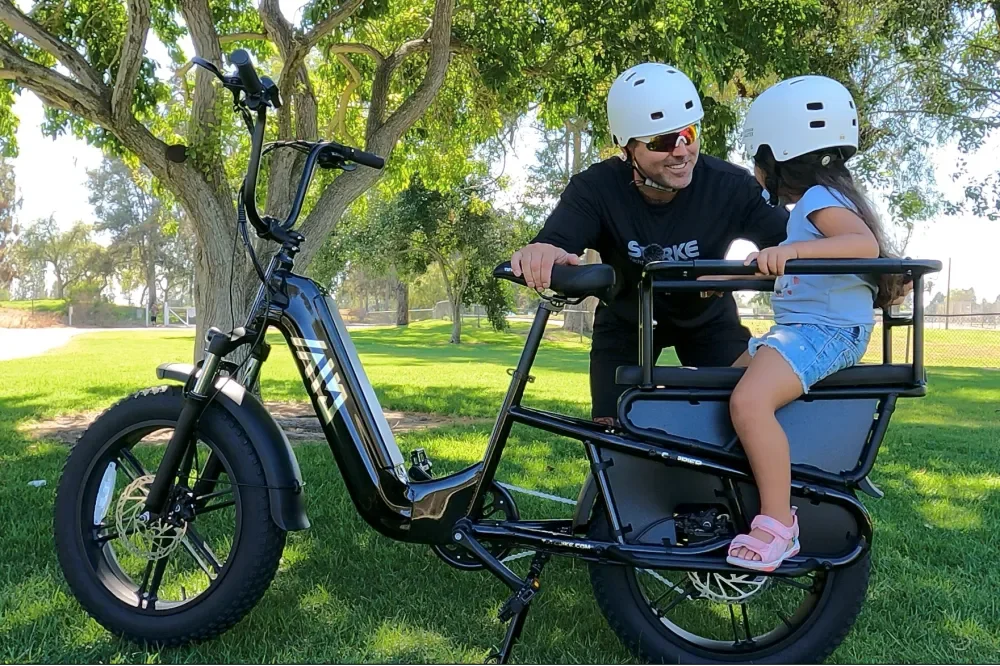
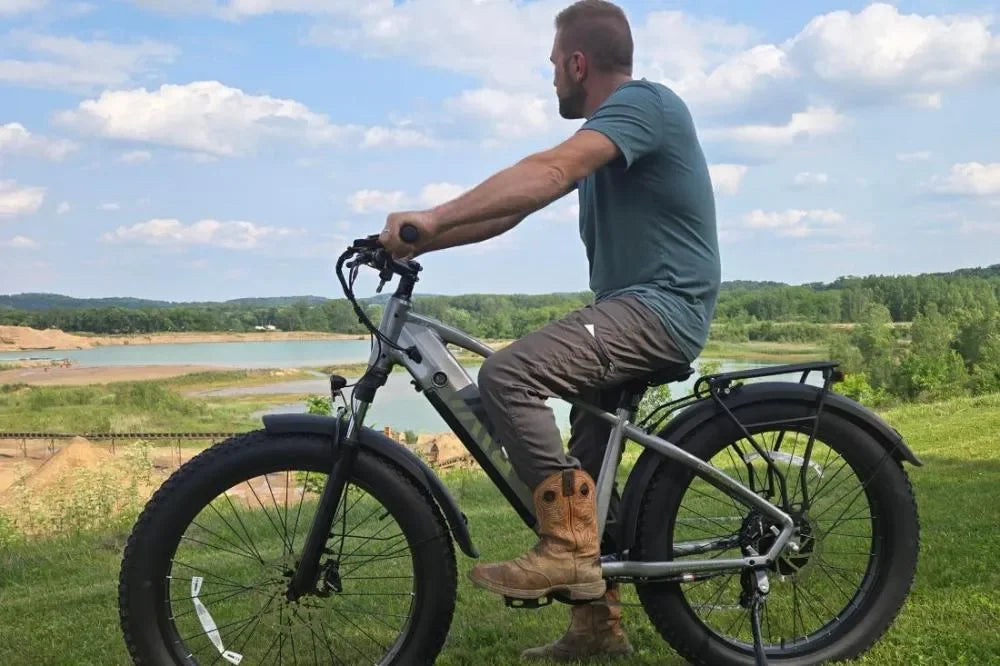
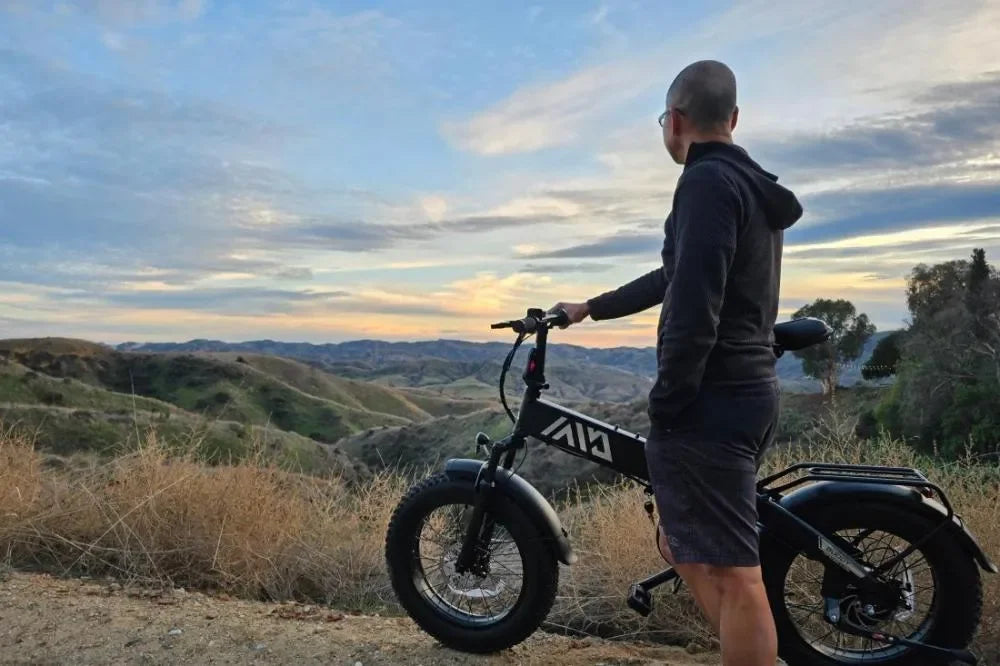
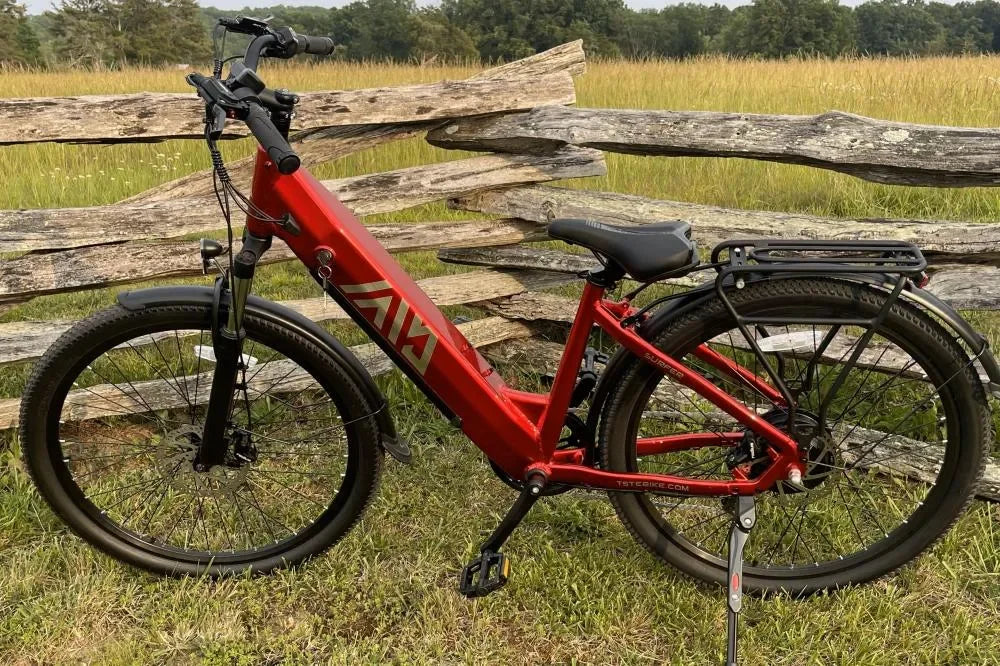
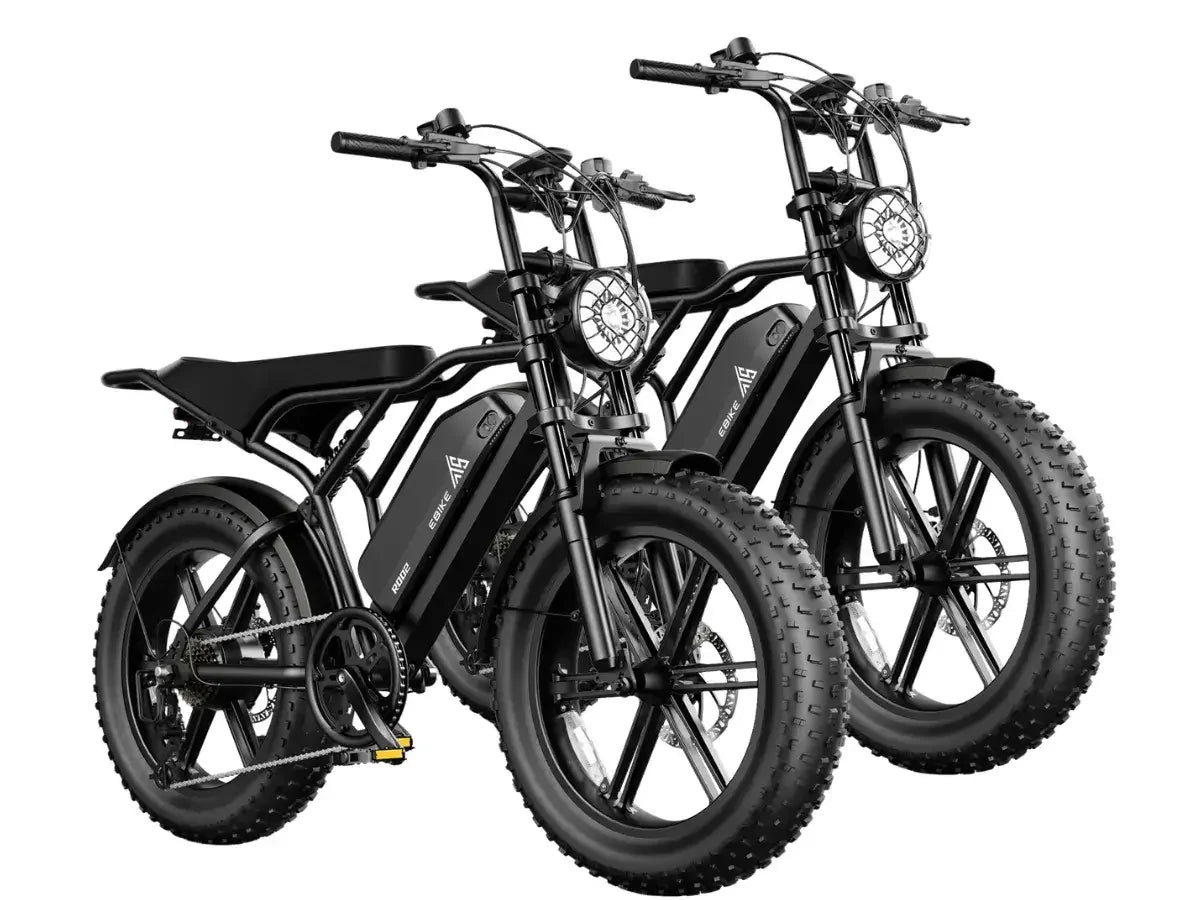
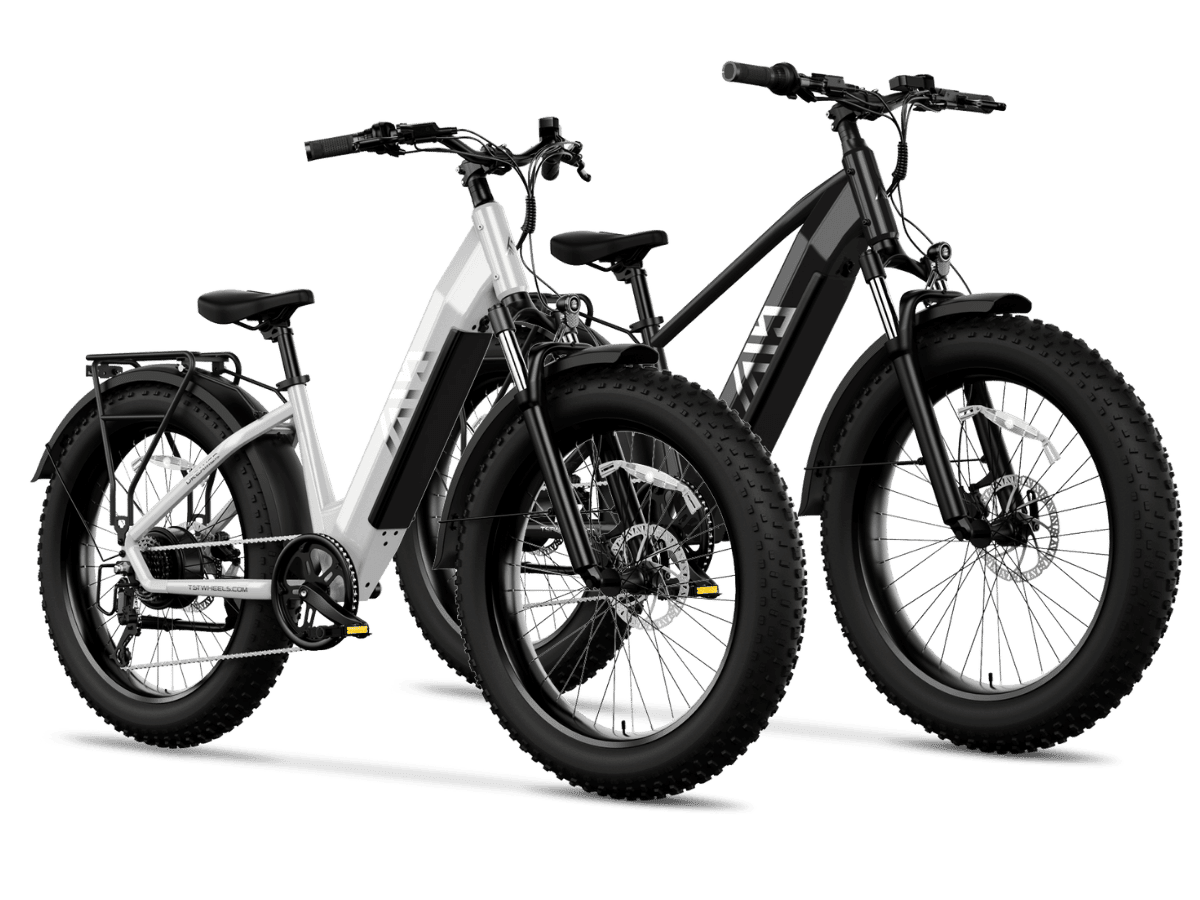
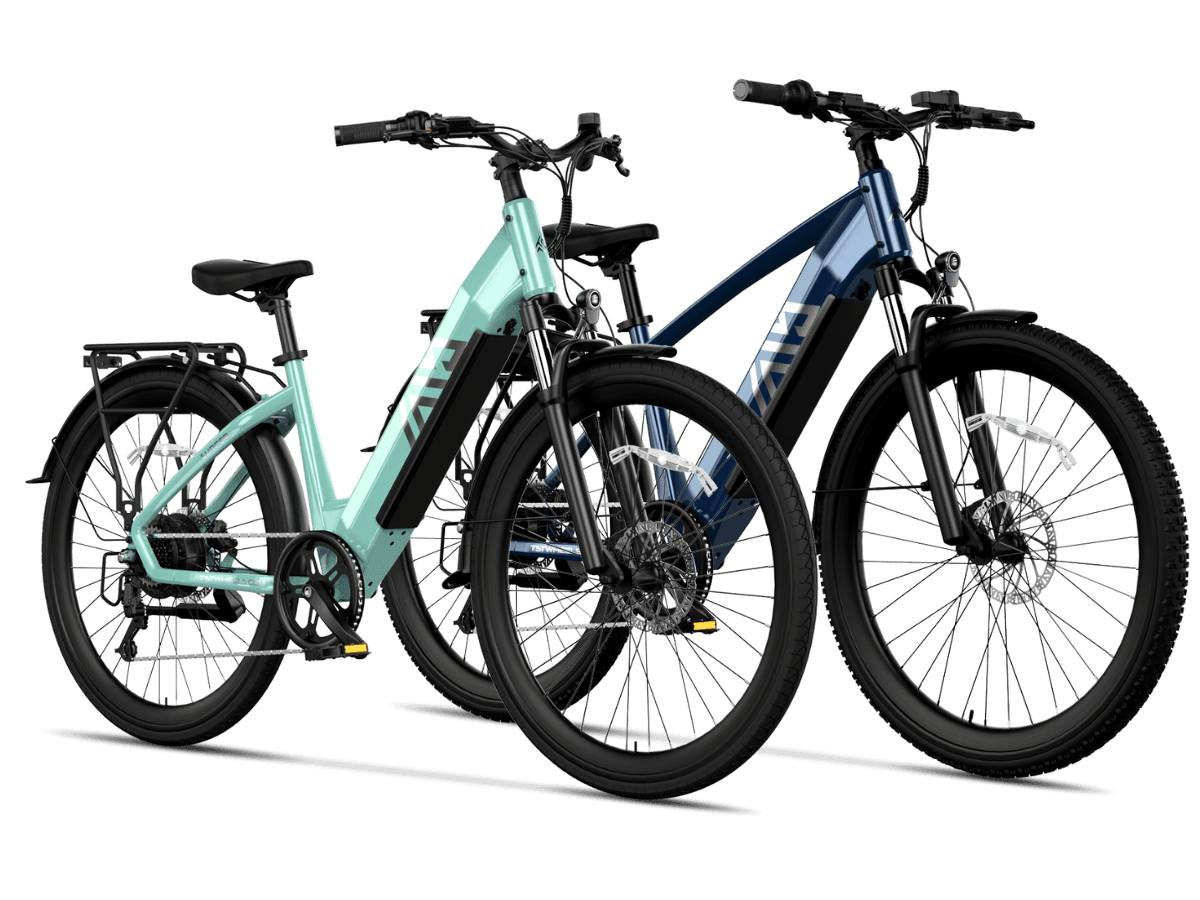
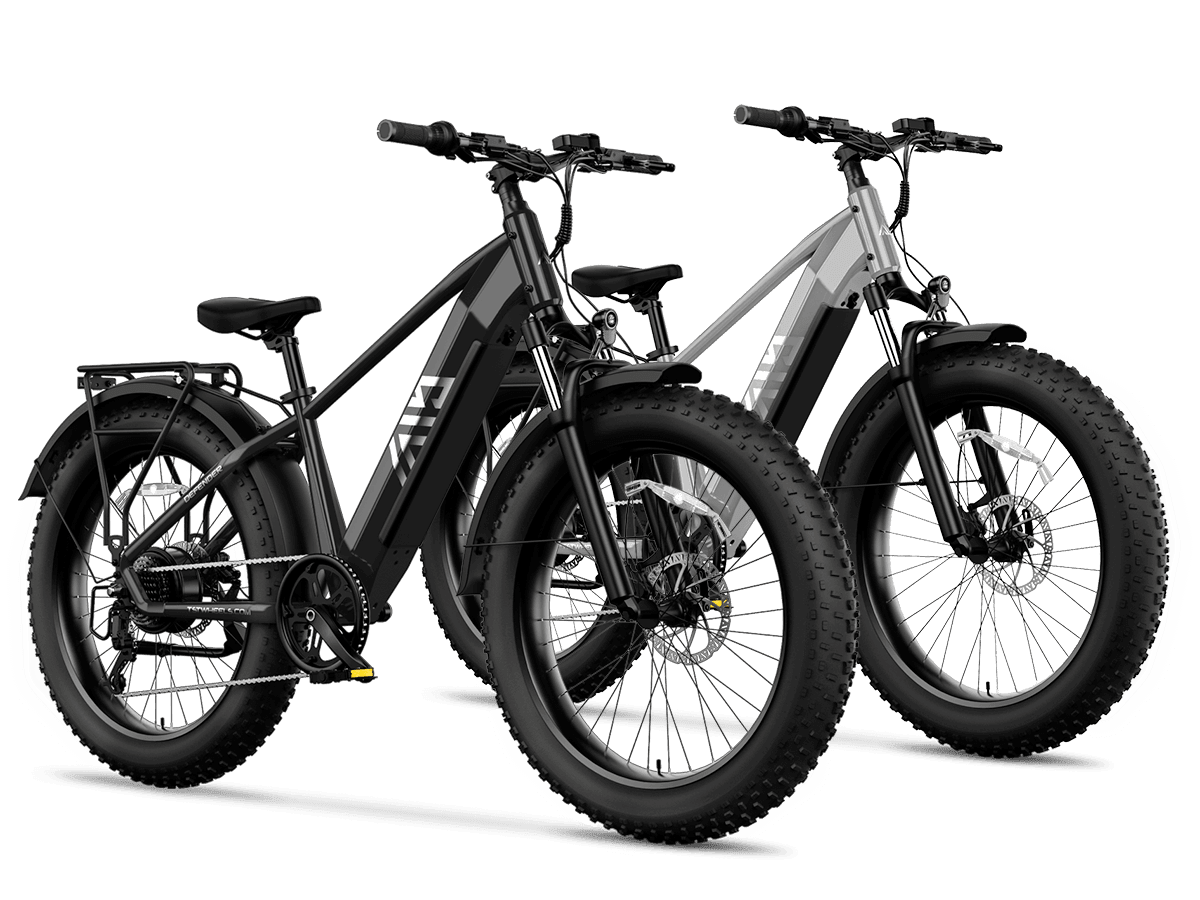
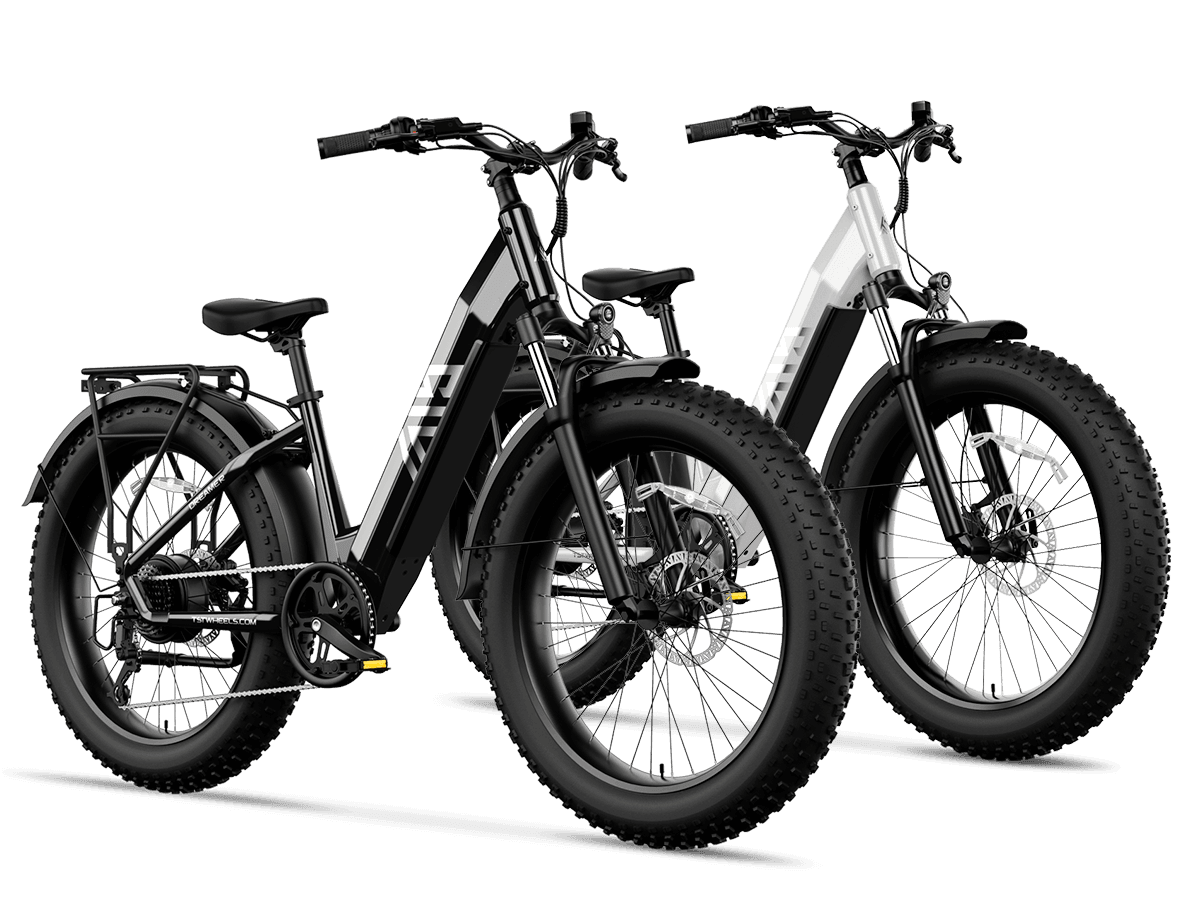
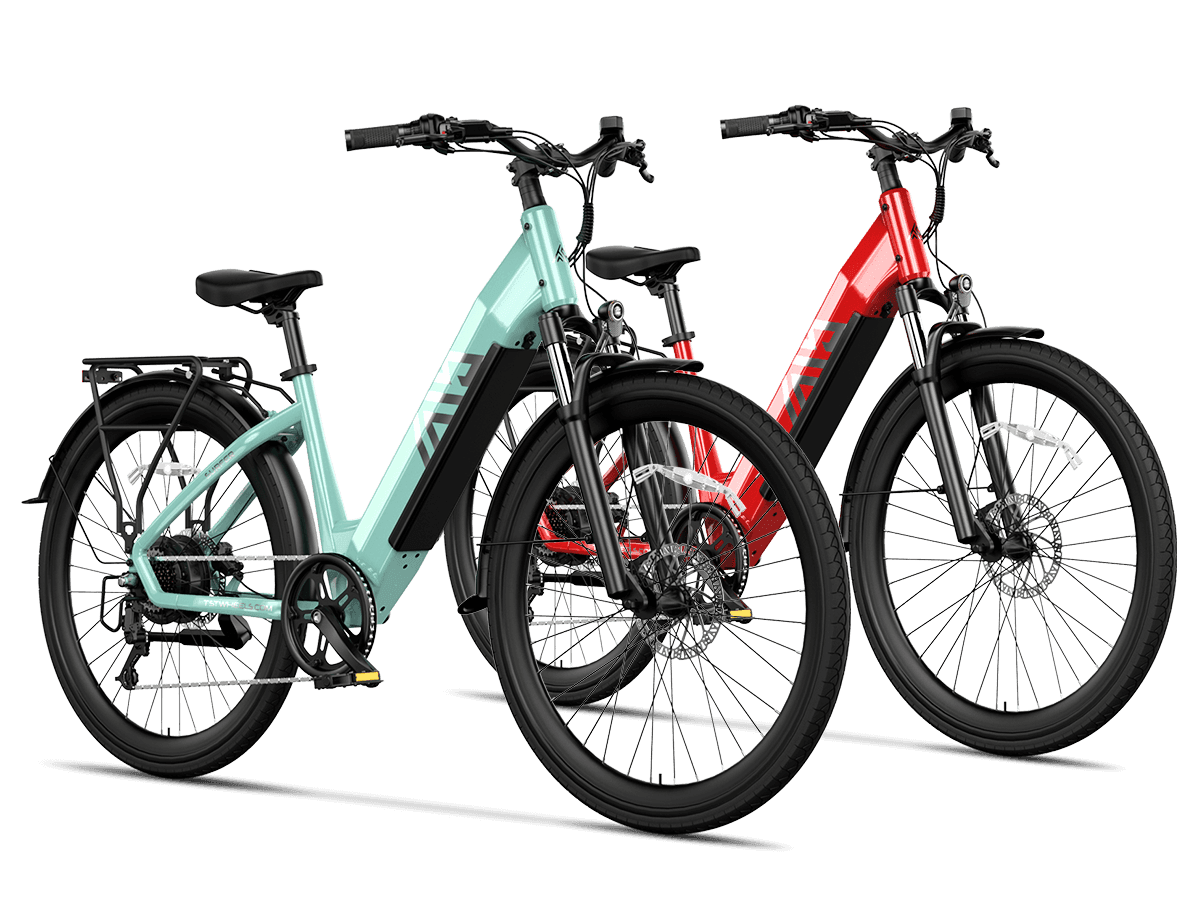
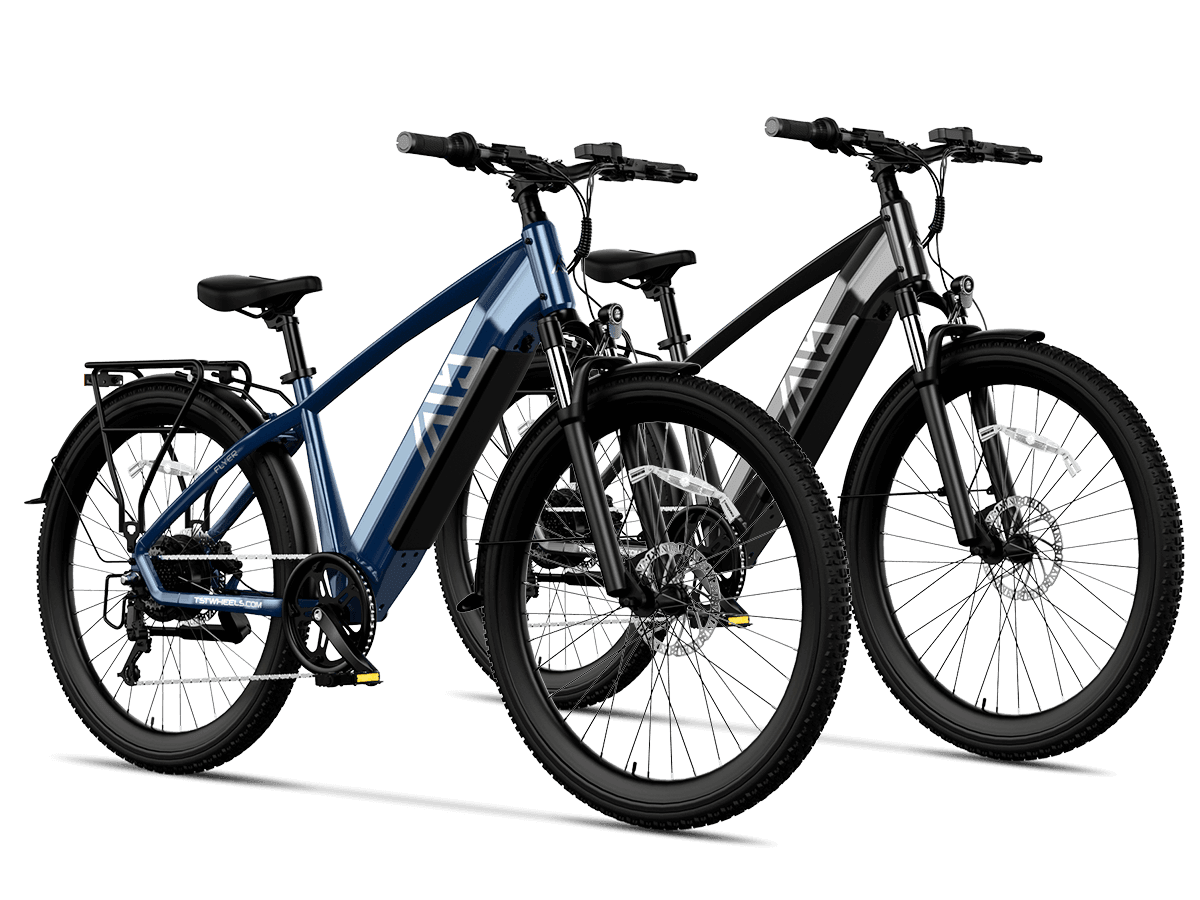
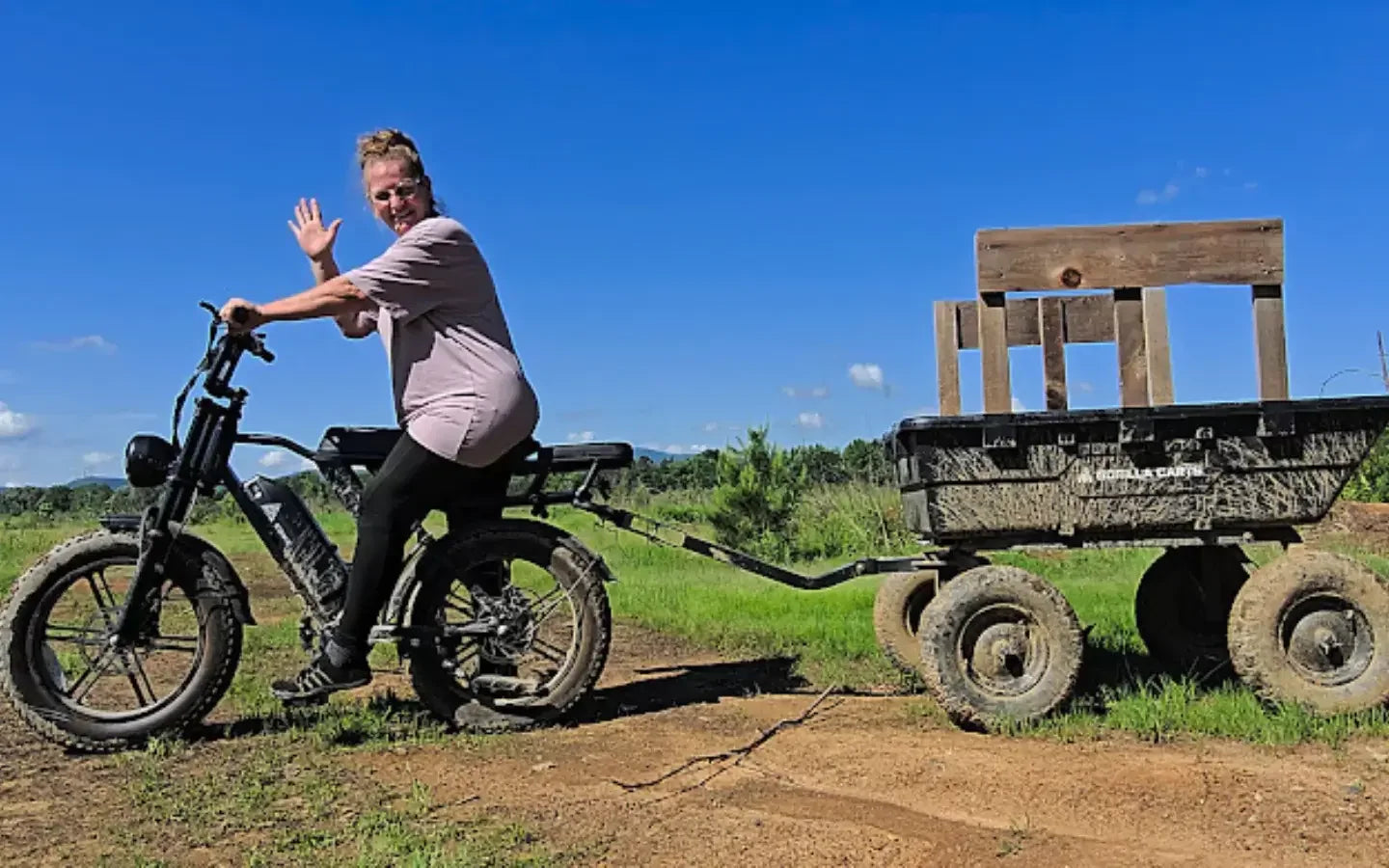
Leave a comment
This site is protected by hCaptcha and the hCaptcha Privacy Policy and Terms of Service apply.